
Open Network Operating System (ONOS®) is the leading open source SDN controller for building next-generation SDN/NFV solutions.
ONOS was designed to meet the needs of operators wishing to build carrier-grade solutions that leverage the economics of white box merchant silicon hardware while offering the flexibility to create and deploy new dynamic network services with simplified programmatic interfaces. ONOS supports both configuration and real-time control of the network, eliminating the need to run routing and switching control protocols inside the network fabric. By moving intelligence into the ONOS cloud controller, innovation is enabled and end-users can easily create new network applications without the need to alter the dataplane systems.
The ONOS platform includes:
- A platform and a set of applications that act as an extensible, modular, distributed SDN controller.
- Simplified management, configuration and deployment of new software, hardware & services.
- A scale-out architecture to provide the resiliency and scalability required to meet the rigors of production carrier environments.
With an expanding community of developers and users, ONOS is an open-source project distributed under the Apache 2.0 license.
ONOS is the only open source controller providing:
Scalability
Offers virtually unlimited replication for scaling control plane capacity as needed
High Performance
Performs to the exacting specifications of large network operators
Resiliency
Provides the availability required for mission critical operator networks.
Legacy device support
Makes it easy to add or configure traditional devices and services with model based dynamic configuration
Next-Generation device support
Gives real-time control for native SDN dataplane devices with OpenFlow® and now with P4 support
Enabling next-generation solutions in service provider networks
ONOS has enabled the SDN revolution. Combining ONOS with white box switches and ONOS applications enables new forms of innovation never before possible with closed legacy networks.
Edge Networks
CORD® (Central Office Re-architected as a Datacenter) is delivering edge cloud for operators, reinventing the edge of operator networks in cloud-native ways for efficiency and agility. By blending the best of Cloud, SDN and NFV, CORD provides complete integrated solutions for fixed access (PON), mobile and wireless 5G access, mobile core (EPC) and enterprise service delivery.
Transport Networks
ODTN (Open Disaggregated Transport Network) is disaggregating carrier core networks, and reassembling a solution using SDN principles and white box efficiencies to build high performance backbones with disruptive economics.
Datacenter
Trellis is a complete spine leaf datacenter fabric solution with multi-tenant overlay support, built completely with bare metal white box switches.
And More
Various SDN solutions for switches, PON (OLTs), Wireless (RANs & eNBs), and ROADMs
ONOS in Action
Virtualization of Cable Networks
Air Traffic Control Network

The TST oversees the ONOS project and is responsible for all technical decisions.
ONOS Resources
ONOS Community




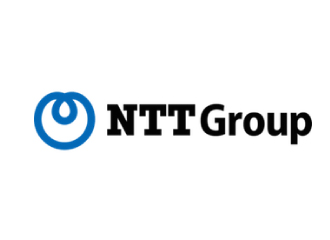

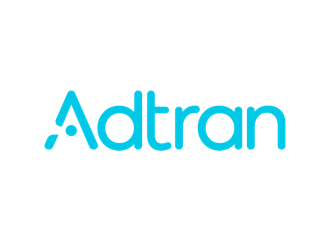
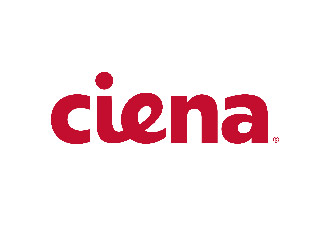
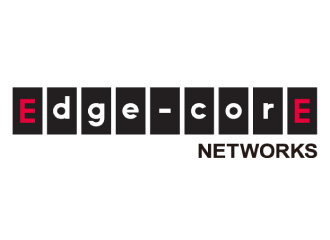
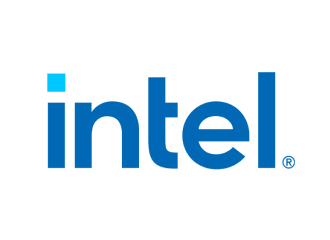
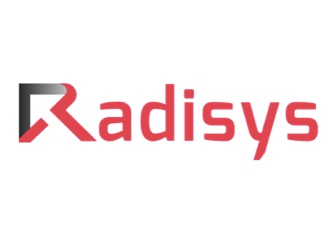


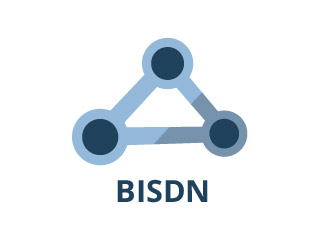

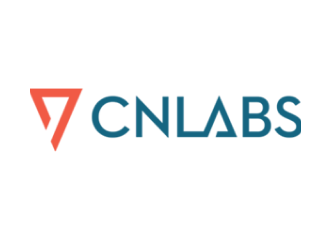


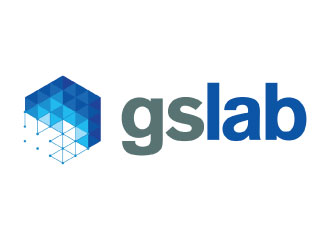


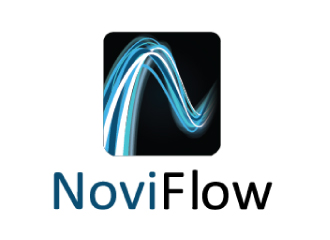

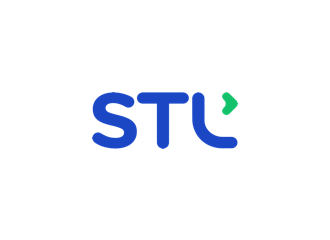

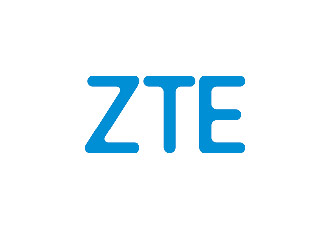
LEARN MORE
CONTRIBUTE













